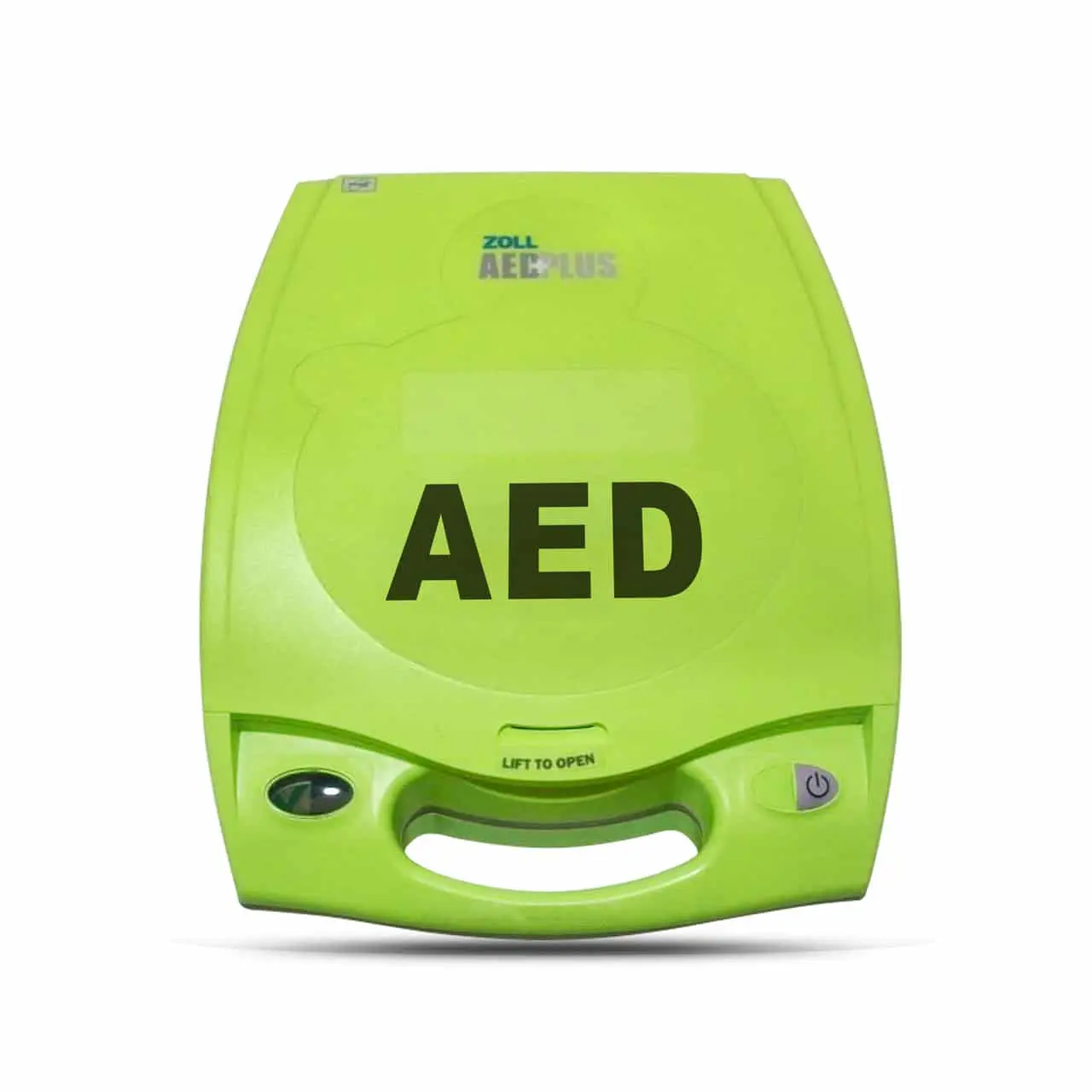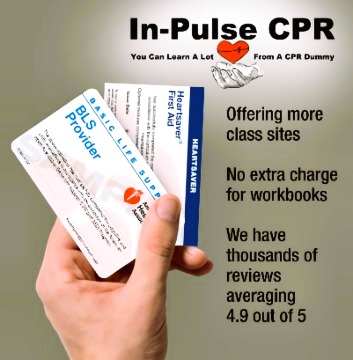AEDs: The Life-Saving Device Everyone Should Know About
An AED, or Automated External Defibrillator, is a portable medical device designed to help save the life of someone experiencing sudden cardiac arrest (SCA). When paired with CPR, it can dramatically increase the victim’s chances of survival. This small but powerful device quickly analyzes the heart’s rhythm and, if necessary, delivers an electric shock to help restore a normal heartbeat.
Modern AEDs are built with simplicity in mind. With pre-connected pads, voice prompts, and visual indicators, almost anyone—even without prior medical training—can use one effectively in an emergency. Unlike the first bulky, hospital-only models, today’s AEDs are lightweight, compact, and designed for public access in airports, schools, gyms, offices, and other community spaces.
Why AEDs Are Critical
Sudden cardiac arrest is one of the leading causes of death in the United States, affecting over 350,000 people each year outside of hospitals. Without immediate intervention, survival rates drop by about 10% for every minute defibrillation is delayed. Using an AED within the first 3–5 minutes can increase survival rates to over 70% in some cases.
When an AED is used, it can:
- Guide the rescuer through CPR
- Analyze the heart rhythm
- Deliver an electrical shock if needed to restore a normal rhythm
A Brief History of the AED
AED technology has been saving lives for decades:
- 1960s–1970s – First defibrillators were large, hospital-based devices used by trained professionals.
- 1980s–1990s – Technology improvements made AEDs smaller and more reliable; implantable cardioverter defibrillators (ICDs) became available for high-risk patients.
- Late 1990s–2000s – Portable, public-access AEDs emerged, designed for use by bystanders.
- Today – AEDs are smarter, more durable, and more accessible than ever, with features like bilingual instructions, pediatric pads, and real-time CPR feedback.
Key Components of a Modern AED
Modern AEDs generally include:
- User Interface (Processor) – Provides voice and visual prompts, analyzes heart rhythms, delivers shocks when needed, and stores event data.
- Long-Life Battery – Powers the device, delivers shocks, and runs self-check diagnostics.
- Capacitor – Stores and releases the electrical energy for defibrillation.
- Electrode Pads – Attach to the victim’s chest to detect rhythm and deliver the shock.
Leading AED Manufacturers
Several companies produce high-quality AEDs, including:
- Cardiac Science – Compact, reliable devices for both public and professional use.
- Defibtech – Known for easy-to-follow voice and visual prompts.
- HeartSine – Durable units often used by EMS and first responders.
- Philips Healthcare – Popular for their child-friendly pads and intuitive design.
- Zoll Medical – Known for real-time CPR feedback technology.
- Physio-Control (Stryker) – Trusted by emergency responders worldwide.
AEDs in the Workplace
While there is no single federal law requiring AEDs in all workplaces, many states have their own requirements—particularly for schools, gyms, and large public venues. Even in places where they aren’t mandated, AEDs are highly recommended as part of a company’s emergency response plan.
Benefits of having an AED at work:
- Enables rapid response in the critical first minutes after cardiac arrest.
- Protects both employees and customers.
- Demonstrates a commitment to health and safety.
- Easy to operate with minimal training.
- Covered by Good Samaritan laws in most states, which protect rescuers from legal liability when using an AED in good faith.
Placement & Maintenance Tips
- Place AEDs in highly visible, easily accessible locations.
- Include clear signage for quick identification.
- Perform regular maintenance checks (most AEDs do automatic self-tests).
- Train multiple staff members in CPR/AED use for maximum coverage.
Final Thoughts
An AED is more than a piece of equipment—it’s a lifeline. Whether in a workplace, school, church, or public facility, having an AED on-site can make the difference between life and death. Even if someone has never used one before, today’s AEDs walk the rescuer through every step.
Think of it as an insurance policy against sudden cardiac death—one that can save a life when every second counts.
AED Myths vs. Facts
Myth #1: AEDs are only for medical professionals.
Fact: Modern AEDs are designed for anyone to use. Clear voice and visual instructions guide you step-by-step, even if you’ve never seen one before.
Myth #2: You can hurt someone by using an AED.
Fact: AEDs analyze the heart rhythm and will only deliver a shock if it’s needed. You can’t accidentally shock someone with a normal heartbeat.
Myth #3: AEDs are only for adults.
Fact: Many AEDs come with pediatric pads or settings that make them safe for children and infants experiencing sudden cardiac arrest.
Myth #4: Using an AED can get you sued.
Fact: In most states, Good Samaritan laws protect people who use AEDs in good faith during an emergency from legal liability.
Myth #5: AEDs are too complicated to operate.
Fact: Most AEDs have just two buttons—ON and SHOCK—and give clear, timed instructions for CPR and pad placement.
Take Action Today
Every second counts when sudden cardiac arrest strikes. The presence of an AED—and someone confident enough to use it—can mean the difference between life and death. Equip your workplace, school, or community space with an AED, and ensure your team is trained in CPR/AED use. At In-Pulse CPR, we offer hands-on training that gives you the knowledge and confidence to act when it matters most.
View our upcoming CPR/AED classes here »




